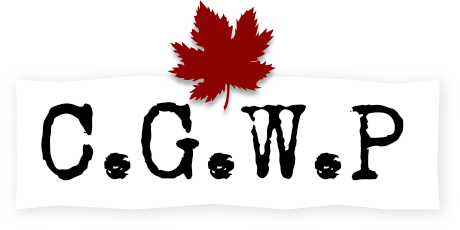
Private John George Triller
PERSONAL INFORMATION
MILITARY INFORMATION
Private (Army).
Images
RESEARCH INFORMATION
Private John George Triller was born in Preston, Ontario (now part of Cambridge, Ontario), on 6 February 1894, to Otto and Anna ("Annie") Triller. He was the second of five children.
As a young man John trained as a machinist and relocated to nearby Galt, Ontario. On 22 March 1916, at the age of 22, he enlisted with the Canadian Expeditionary Force. He embarked for Europe from Halifax, Nova Scotia on the S.S. Tuscania on 25 September 1916. By 6 October 1916 he was in Liverpool, England.
On 13 October 1916 John was transferred from the Canadian 111th Battalion to the 35th Reserve Battalion. He was again transferred on 17 October 1916, this time to the Canadian Machine Gun Depot (the Canadian machine gun training school) in Crowborough, East Sussex, England.
John arrived in France, at Le Havre, on 7 February 1917, and the following day was taken on strength with the Canadian Machine Gun Pool at Camier.
On 7 March 1917, he was taken off strength with the CMGP and taken on strength with the First Canadian Machine Gun Corps. He joined his unit in the field three days later, on 10 March 1917.
On 28 July 1917, John was evacuated to hospital, but rejoined his unit in the field on 4 August 1917. He was granted two weeks leave on 5 January 1918, and returned to his unit on 19 January 1918.
On 16 March 1918, John's unit was absorbed into the First Battalion of the Canadian Machine Gun Corps. The First Battalion of the Canadian Machine Gun Corps was the machine gun support for the First Canadian Division of the Canadian Corps. From 27 September to 1 October 1918 inclusive, they were engaged in the battle of Canal du Nord, pushing past the Hindenburg Line and on to Cambrai. John was killed in action on 1 October 1918, probably in the abortive assault on Abancourt.
(On 2 October, 1918, John's commanding officer reported that he had been killed in action the previous day, 1 October 1918. On that date, the First Division was attempting to clear a number of smaller villages to the northwest of Cambrai. In particular, an assault on Abancourt was launched from the sunken road near the present site of the Sancourt Cemetery, across open farm fields, and came under heavy fire from German machine guns sited to the south and west of the neigbouring village of Blecourt, behind the embankment of a nearby railway line running to the north of Sancourt and south of Abancourt. To date, no documents detailing the precise circumstances of John's death have been discovered. However, John is buried in the Sancourt cemetery next to Sergeant Michael Duffy, 150068, DCM, MM, also of the First Canadian Machine Gun Corps, and also killed in action 1 October 1918. The details of death card for Duffy read as follows: "While in charge of a machine gun crew, during military operations in the vicinity of Blecourt, and after advancing about 800 yards from the Sunken Road "jumping off place", on the morning of 1 October, he was hit in the head by an enemy bullet and killed." It seems likely that John was with or near Duffy when both were killed.)
At the time of his death, John was 24 years of age.
John is commemorated and buried at the Sancourt British Cemetery, Nord, France. (Sancourt village was captured by the Canadian Corps on 29 September 1918, two days before John was killed. The British Cemetery was made in October of 1918, and over 200 casualties of the Great War are commemorated there. The Grave or Reference Panel Number is I.C.29.)
John's name also is inscribed (with his dates) on his parents' headstone in Preston Old Cemetery, Cambridge, Ontario, and included in the list of names inscribed on the impressive cenotaph in Preston (now part of Cambridge), Ontario, Canada.
This account was submitted by John Triller's great-nephew, Ian F. Leach.

